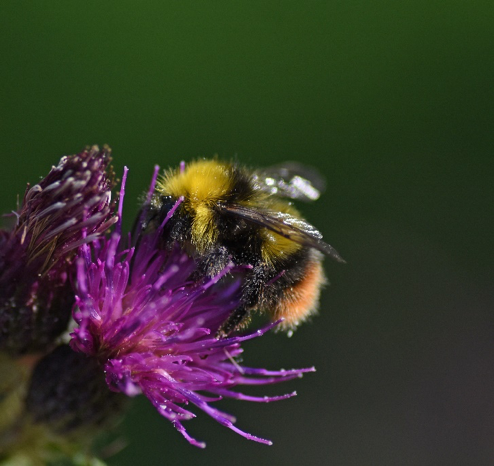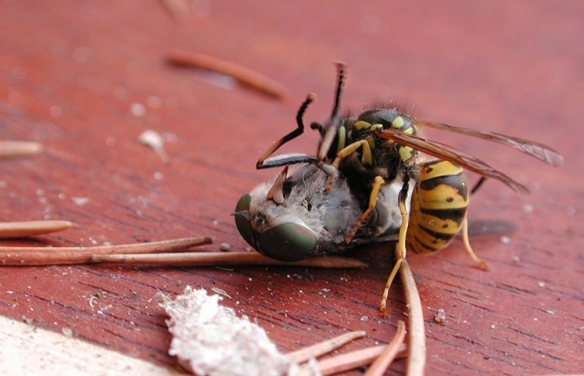A wildlife app launched today by the Bumblebee Conservation Trust gives users a new view of bumblebees through an augmented reality 3D function.
The free ‘What’s that Bumblebee’ app lets people engage with nature in a different and fun way. It brings a three-dimensional bumblebee to virtual life in the user’s own garden or living room, for studying in detail and with the option of capturing images to send to family and friends.

The app also makes it easy for bumblebee-beginners to identify which of the UK’s most common eight species of these important pollinating insects may be buzzing around their garden or local park.
“In these difficult times, lots of people have been appreciating nature and wanting to find out more. What’s That Bumblebee makes it easy for people of all ages to discover and identify different bumblebees visiting their gardens, outdoor spaces, parks or window boxes,” said Andy Benson, the Bumblebee Conservation Trust’s Education Officer.
The app is available for Apple and Android, and works on compatible phones and tablets. It was developed by the Trust, with National Lottery Heritage Fund support.
In total there are 24 bumblebee species in the UK, but the most common ‘Big 8’ that people are most likely to see in their garden or park are the Buff-tailed bumblebee, Common carder bee, Early bumblebee, Garden bumblebee, Heath bumblebee, Red-tailed bumblebee, Tree bumblebee and White-tailed bumblebee.

What’s That Bumblebee offers a brief description of these eight species, and allows users to compare similar species side-by-side.
“We’ve received lots of enquires from people who’ve had more time to notice bumblebees because of the lockdown and want to find out more, and this app is a great way of doing that. Kids and adults will love seeing a virtual bumblebee in their front room or outdoor space, and being able to capture a photo of it to study – while also being able to go out on their own local mini-safaris to discover our ‘Big 8’ bumblebees in real life,” said Gill Perkins, Chief Executive of the Bumblebee Conservation Trust.
People are being encouraged to share images from the app on social media using the hashtag #whatsthatbumblebee.
Anne Jenkins, Director, England, Midlands & East at The National Lottery Heritage Fund, said: “It’s wonderful to support this educational and interactive app thanks to the generosity of National Lottery players, and we’re sure it will inspire people to discover more about our precious bumblebees!”

Furry and brightly coloured, bumblebees are icons of the British summer. These important pollinators of our fruit and veg contribute a huge amount to the British economy. One in three mouthfuls of food are due to the hard work of pollinating insects.
But UK bumblebee populations have crashed, and two species have become extinct in the last 80 years. Loss of flower-rich habitat is the biggest threat to their survival, with 97% of our wildflower meadows lost since the 1940s. Climate change, disease and pesticides may also be major threats. The Trust encourages people to make gardens, parks and green spaces bumblebee-friendly.
What’s that Bumblebee can be downloaded for free at the Apple App Store or Google Play.
To find out more, visit bumblebeeconservation.org.




















